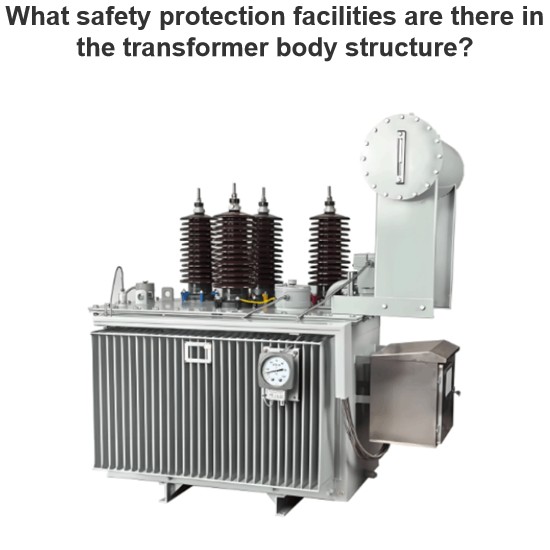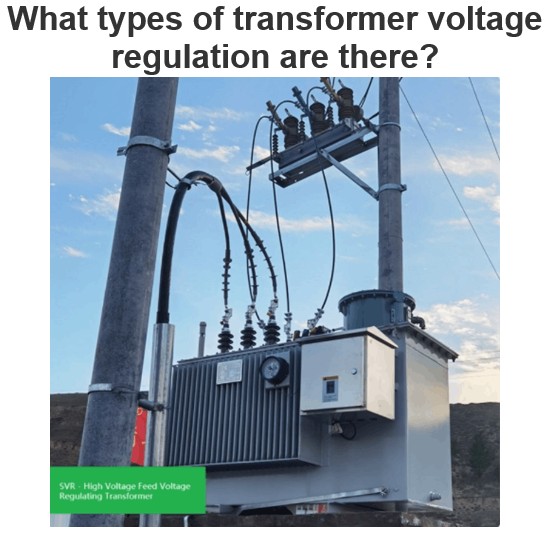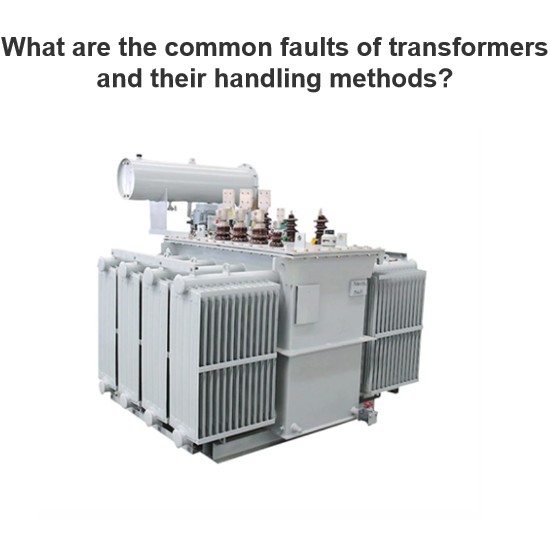Is the designed magnetic flux density of a transformer core a peak value or an effective value?
Ron
08/04/2025
Hello, my name is Ron. I have been working in the modeling and simulation industry for 15 years. I am passionate about this field and have always been committed to sharing and spreading knowledge about modeling and simulation. I hope to exchange ideas and learn from more professionals to jointly promote the development of the industry.

What safety protection facilities are there in the transformer body structure?
Transformer Main Body Construction and Safety Protection DevicesA power transformer is equipped with several critical safety protection devices to ensure reliable and safe operation. These components play essential roles in monitoring, protecting, and maintaining the integrity of the transformer under varying operating conditions.1. Oil Cushion (Conservator Tank)The oil cushion, also known as the conservator tank, typically has a capacity of approximately 8–10% of the total transformer oil
Rockwell
08/09/2025

What types of transformer voltage regulation are there?
Transformer voltage regulation can be achieved through on-load tap changing (OLTC) and off-load tap changing:On-load voltage regulation allows the transformer to adjust its tap position while in operation, thereby changing the turns ratio to regulate voltage. There are two methods: line-end regulation and neutral-point regulation. Line-end regulation involves placing the tap on the line end of the high-voltage winding, whereas neutral-point regulation places the tap on the neutral end of the hig
Vziman
08/09/2025

Functions of power transformers
The power transformer is a key component in power plants and substations. Its functions are diverse: it can step up voltage to transmit electrical energy over long distances to load centers, as well as step down voltage to various required levels to meet different power demands. In short, both voltage step-up and step-down processes are accomplished through transformers.In power system transmission, voltage and power losses are inevitable. When transmitting a constant amount of power, voltage dr
Encyclopedia
08/08/2025

What are the common faults of transformers and their handling methods?
1. Abnormal Temperature Rise of the TransformerWhen the transformer's oil temperature or coil temperature exceeds the allowable value during operation, the following steps should be taken to identify the cause and take measures to reduce the temperature:Check the oil temperature and coil temperature that should be present under the load and cooling medium temperature.Check if the temperature displayed on the CRT of the transformer is normal.Check if the cooling device is functioning properly, an
Edwiin
08/08/2025













